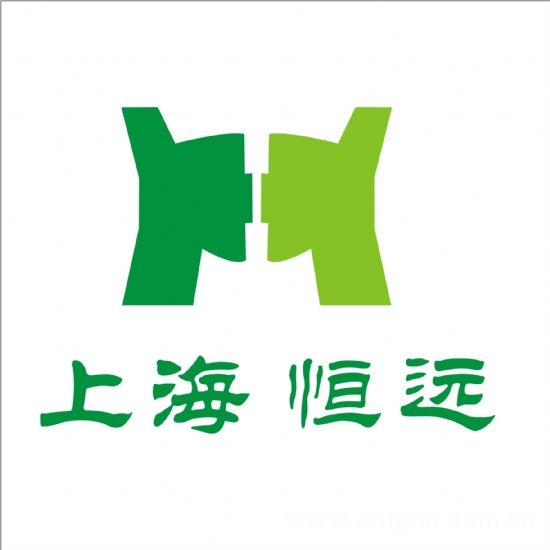
Complex V, also known as ATP synthase, F-type ATPase, or F1F0 ATPase, plays a crucial role in the final step of mitochondrial oxidative phosphorylation. This large enzyme has a molecular weight of approximately 500 kD and is composed of 16 subunits. Among these, two essential subunits—ATP6 and ATP8—are encoded by mitochondrial DNA, highlighting the unique genetic contribution of mitochondria to this complex process. The enzyme consists of two main domains: F0, which functions as a proton channel embedded in the inner mitochondrial membrane, and F1, a water-soluble catalytic domain made up of α3β3γδε subunits. The F0 domain facilitates the movement of protons from the intermembrane space into the mitochondrial matrix, while the F1 domain uses this proton gradient to drive ATP synthesis. One of its most distinctive features is its sensitivity to oligomycin, an inhibitor that specifically targets the F1F0 ATPase. Complex V is vital for cellular energy production, as it generates ATP—the primary energy currency of the cell. This process depends on the proton gradient established by the electron transport chain during respiration. When electrons are transferred to oxygen, protons are pumped across the membrane, creating a gradient that powers ATP synthesis via Complex V. Abnormalities in Complex V activity can lead to serious diseases, particularly affecting the heart and nervous system. To measure its activity, a biochemical assay is often used. In this method, ATP is hydrolyzed by F1F0 ATPase in the presence of oligomycin. The resulting ADP then participates in a coupled reaction involving pyruvate kinase (PK) and lactate dehydrogenase (LDH). This system converts NADH to NAD, and the change in absorbance at 340 nm is measured to quantify the enzymatic activity of Complex V. This technique provides a reliable way to assess mitochondrial function and detect potential dysfunctions in energy metabolism.
Small machinery development of agricultural mechanization, improve work efficiency, improve agricultural production efficiency, in our such an agricultural country it is an important tool for the mower as an important role in agricultural production, has a direct impact on the yield of crops, its invention is a great progress of human civilization. Brush Cutter (Lawn mower), also known as weeding machine, grass cutter, grass trimmer is a kind of mechanical tools used to mow lawn, vegetation, etc., there are diesel engine and machine. It is composed of cutterhead, engine, walking wheel, walking mechanism, Blade, handrail, control and other parts. The output speed of the blade is greatly improved by using the high-speed rotation of the engine, which saves the working time of the weeding workers and reduces a lot of human resources. In the countries where the mechanization of animal husbandry is highly developed, the research on new mowers is developing in the direction of high speed and energy saving.
Shoulder Brush Cutter,Stroke Brush Cutter Machine,Stroke Grass Trimmer Machine,Brush Cutter Machine
Shaoxing Haotuo Machinery CO., LTD. , https://www.haotuochinatools.com